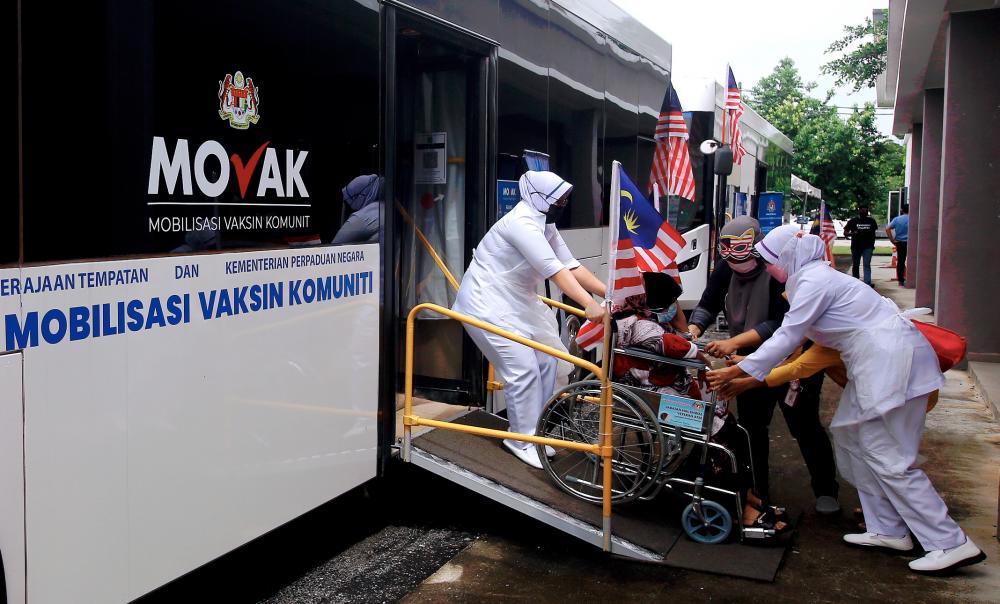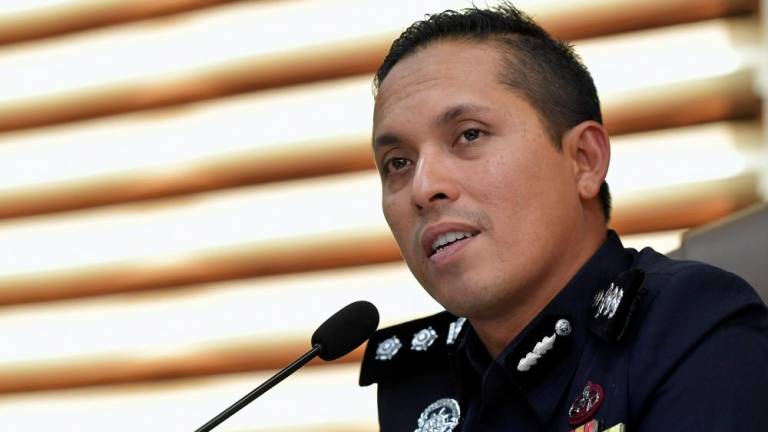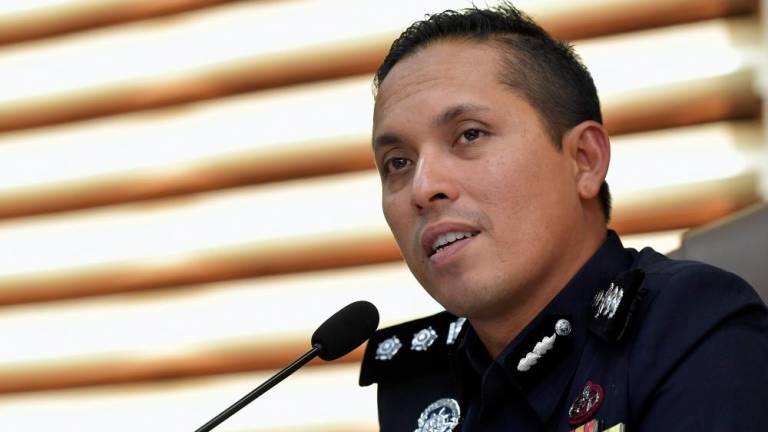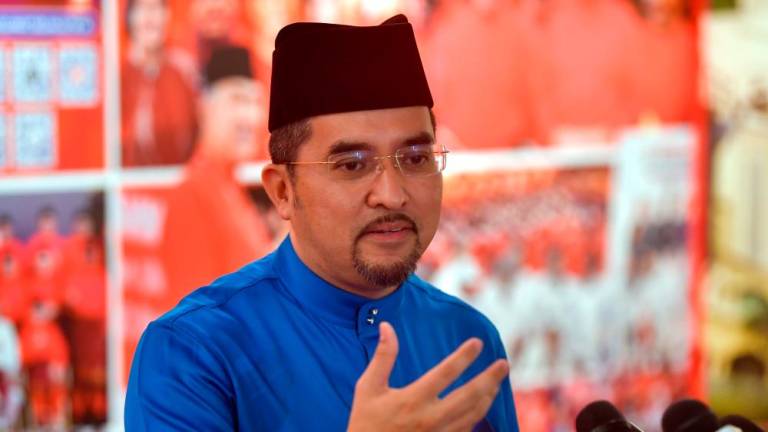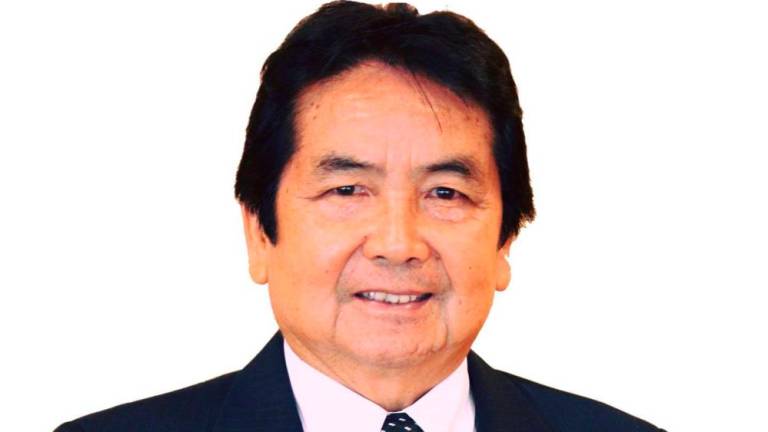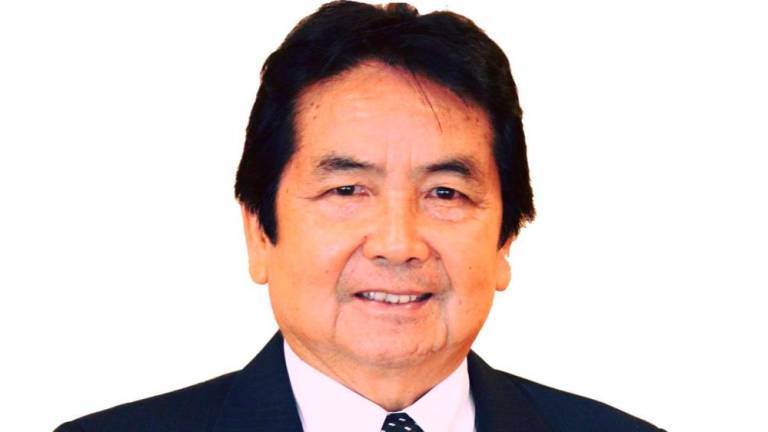ACCORDING to the World Health Organisation, all countries will, in the not-too-distant future, face major challenges to ensure that their health and social systems are ready for an ageing population.
As a nation, how prepared are we to face these challenges? What do our demographics tell us about our ageing population?
In 1970, our population that was 60 years and above was 5.2%. Over the years, this figure has grown to 9.8%. Currently, our population stands at 32.7 million, of whom 3.3 million fall within the aged category (60 and above).
Other notable facts about the elderly are that they are also living longer, that women are living longer than men, and more are living in urban rather than rural areas. These facts are bound to have a significant impact on how the nation’s resources are distributed and utilised for the proper management and integration of life for the elderly.
Today, more must be done to care for the health of our ageing members so they can continue to live useful lives.
To be able to provide these services, it is important for healthcare providers and welfare carers to acquire the knowledge, skills and tools to manage ageing issues. We can take a cue from other nations that have had a long history of caring for the aged and infirm.
We all know that Japan is the world’s fastest ageing country. Japan is willing to share its experiences and efforts in handling issues of ageing. Of particular interest for us should be solutions that are based on technology and innovation, including use of robots for contactless delivery and the performance of routine tasks.
We should also be interested to know about redistributing healthcare resources as a result of the change in the rural-urban demographic pattern. Urban living is fraught with challenges. There is a greater prevalence of ill health. Alzheimer’s disease is also a common problem afflicting the elderly and is estimated to affect at least 5% of the population aged 65 and above. This is expected to have important implications for our resources.
All this is not to deny the fact that Malaysia has one of the better healthcare systems in the world, but as we have seen during the Covid-19 pandemic, there is the ever present danger of it being quickly overstretched.
It is time for nutrition education to be carried out regularly, for the provision of frequent periodic medical examinations to detect the onset of chronic conditions, and prepare for rehabilitation. All these mean advance planning and budgetary provision. Therefore, it is hoped there will be commensurate allocation for public healthcare provisions in Budget 2023.
For Budget 2022, the government provided the second highest allocation for the Health Ministry. But, in real terms, was that enough? It is hoped that that the new budget will have an even greater allocation for healthcare and related services. We read in the media of elderly patients waiting for long periods at clinics and hospitals.
And then, there is the question of remuneration. Staff nurses, technicians and doctors must be sufficiently remunerated.
It has been reported that the Health Ministry is seeking for a gradual increase in public health expenditure from the current 2.58% of gross domestic product to 5%. But is this too little, too late for the elderly? When allocating funds, should we not prioritise life over after life, essentials over non-essentials, now over later? All told, let us never forget that a healthy nation is a wealthy nation.
Tan Sri Lee Lam Thye
Kuala Lumpur



